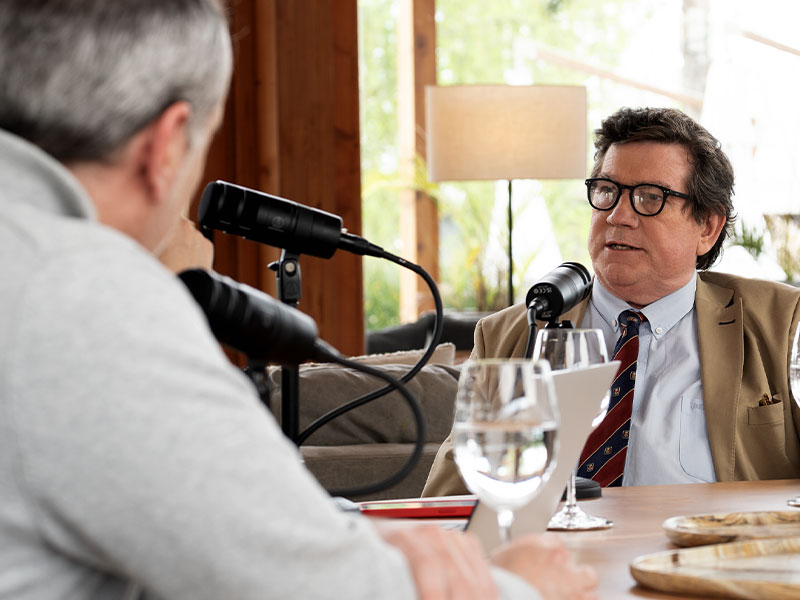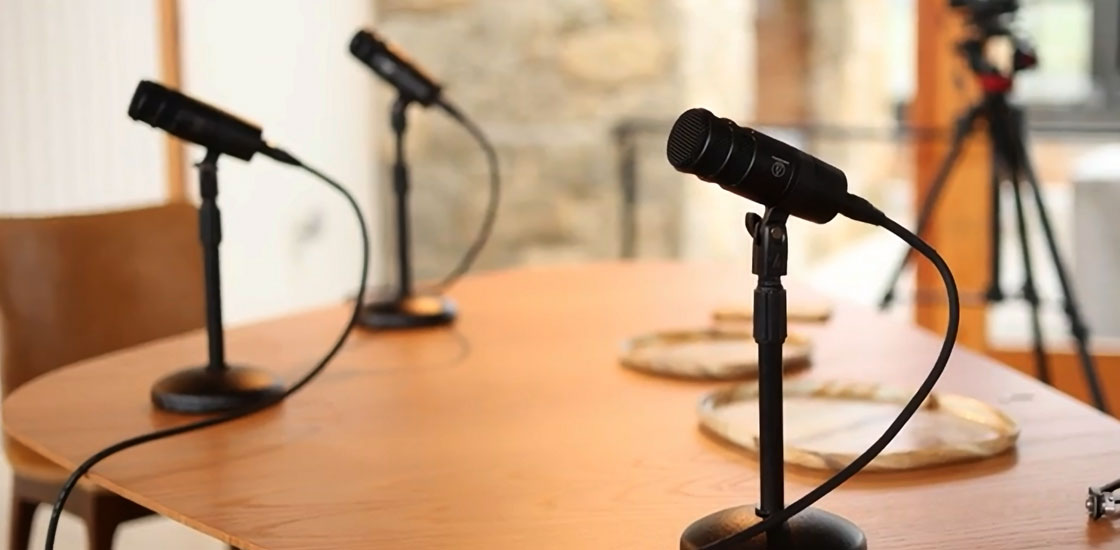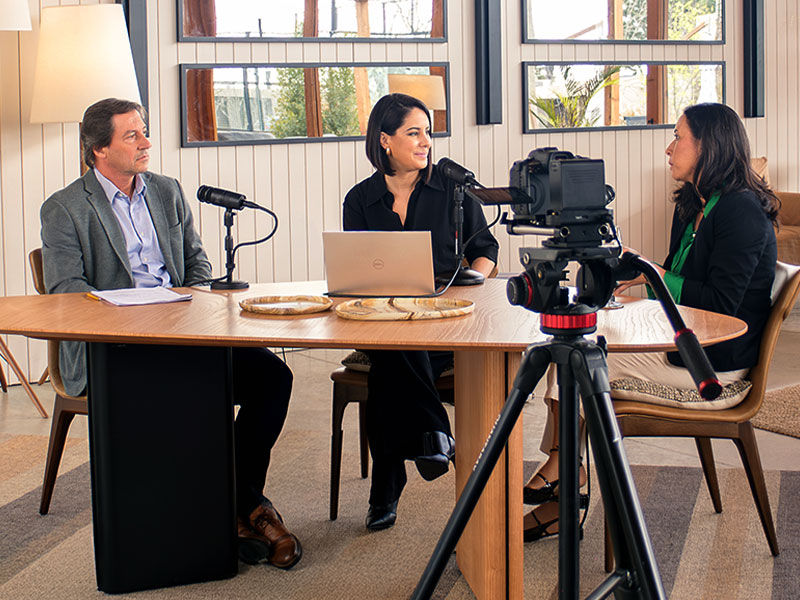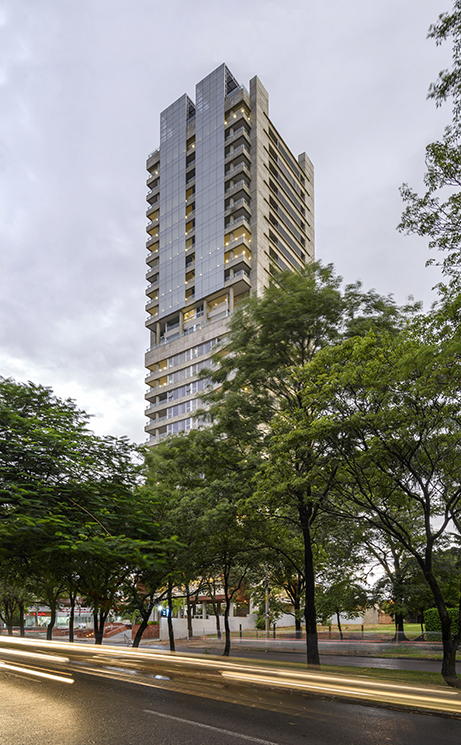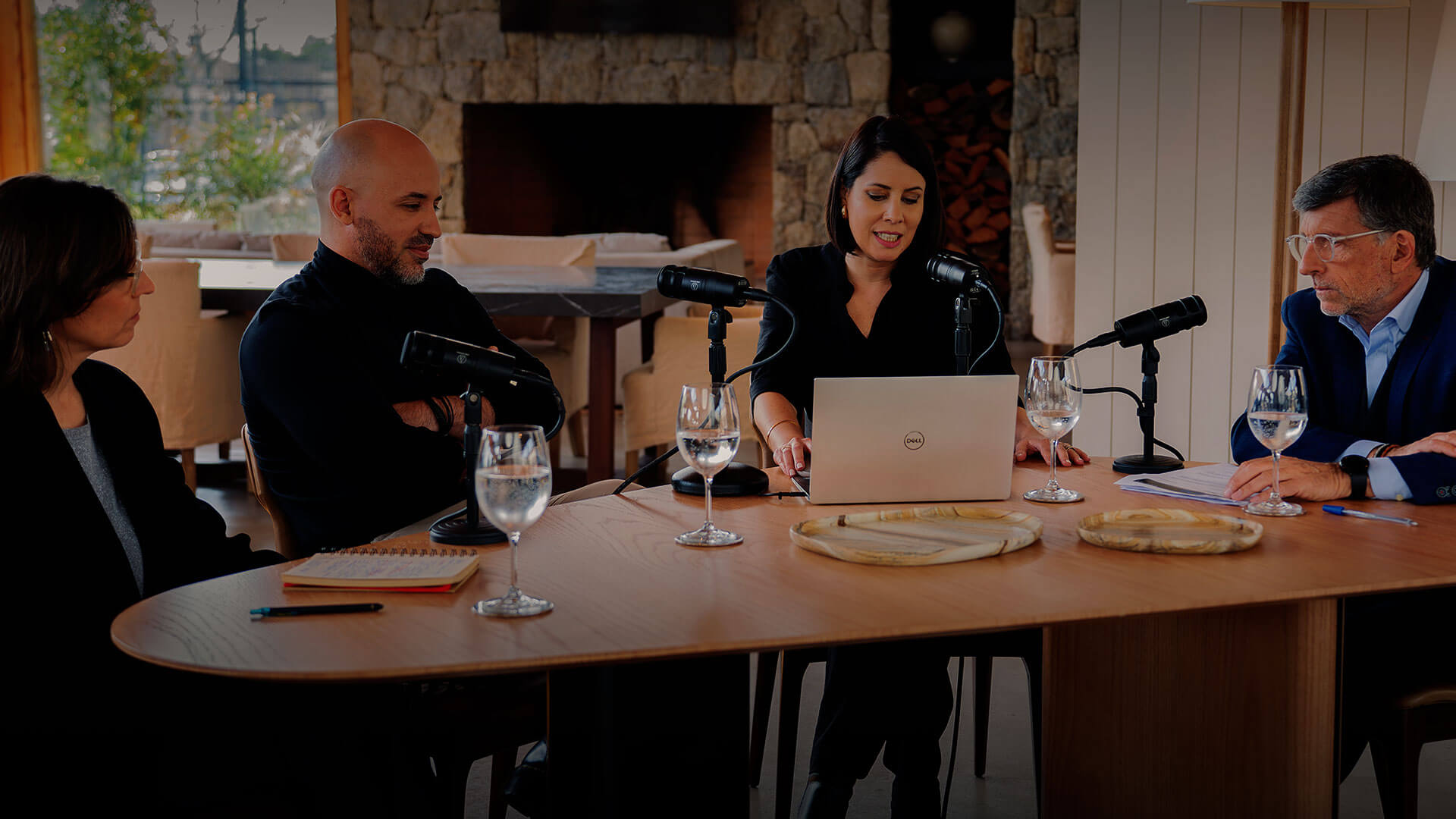

Reading Time: 6 minutes
Publication Date: 17/01/2025
In the third episode of the GP Talks podcast, experts in architecture, urbanism, and communication analyzed the challenges faced by cities in Latin America and the Caribbean in a context of social, demographic, and climatic changes. Felipe Vera, lead specialist in the Housing and Urban Development Division at the Inter-American Development Bank (IDB); Carolina Pereiro, architect and project leader at Gómez Platero; and Pablo Marqués, president of Grupo Punto and communication advisor, discussed how to design more inclusive, sustainable, and human-centered cities, highlighting the importance of diversity, public life, and the redefinition of human relationships.
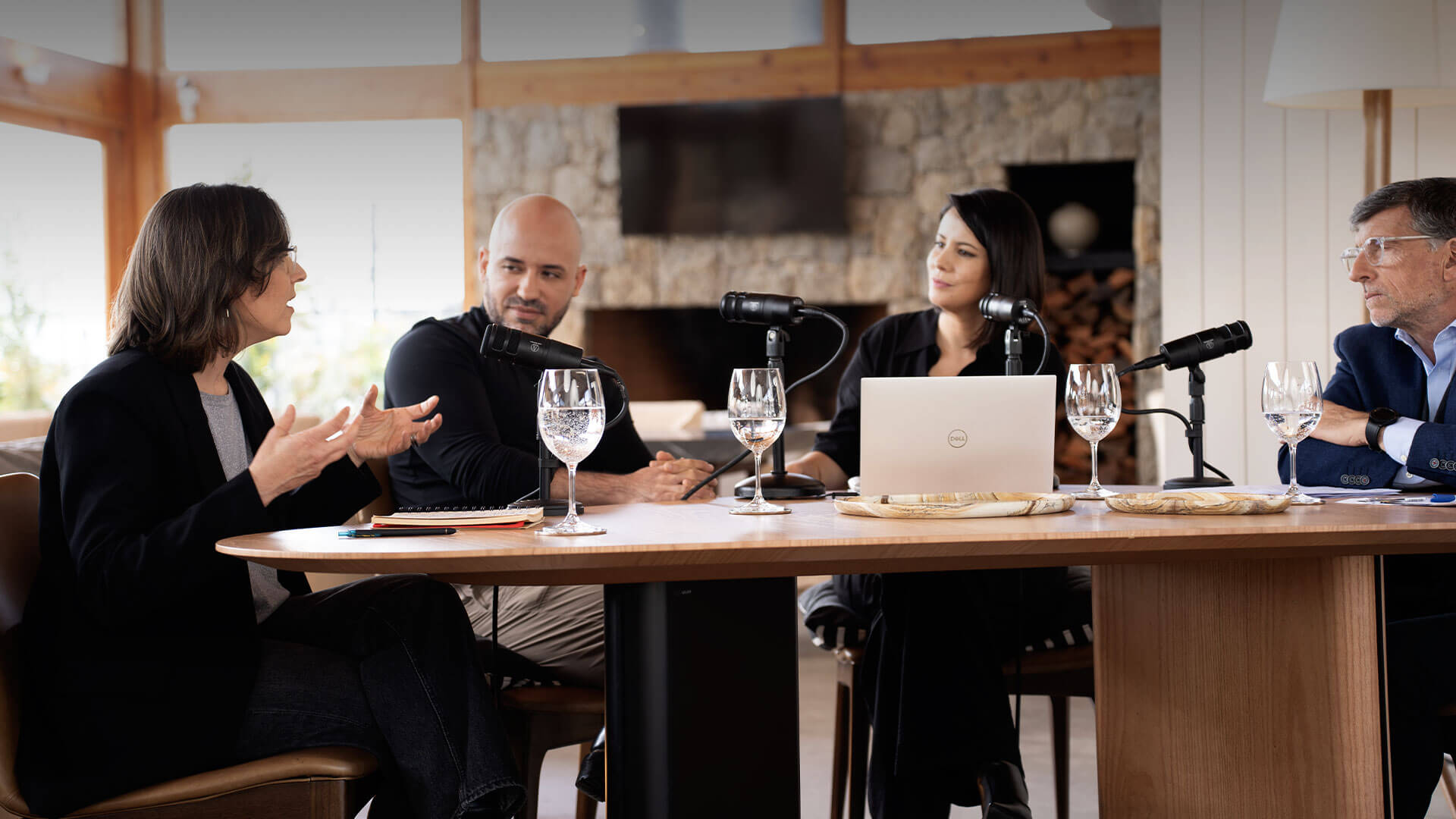
Cities in Latin America and the Caribbean, the most urbanized region in the world, face significant challenges and opportunities. With 90% of its population living in urban areas, according to data from the Inter-American Development Bank (IDB), the region struggles with issues such as inequality, lack of planning, and the effects of climate change.
The episode featured Felipe Vera, lead specialist in the Housing and Urban Development Division at the IDB; Carolina Pereiro, head of the executive project team at Gómez Platero; and Pablo Marqués, president of Grupo Punto and communication advisor. Moderated by Malena Castaldi, the guests discussed how architecture and urbanism can respond to the social, demographic, and climatic transitions that cities are undergoing, emphasizing the need to rethink urban spaces to adapt them to new realities.
Cities as Determinants of Quality of Life
Felipe Vera opened the conversation by emphasizing the impact cities have on people's quality of life. "Life expectancy between the wealthiest and most vulnerable sectors of the same city can vary by up to 17 years. This demonstrates that cities are profoundly determinant in the quality of life," he stated. He also highlighted that urban design should focus on creating "contact zones" that foster interaction and public life, elements that have been lost with the rise of social media and car dependency. "Urban design, or the city itself, is essential for combating inequality, improving connections, and reclaiming public life," he added.
Carolina Pereiro, drawing from her experience, stressed the importance of embracing change and designing cities that integrate diversity. "We need to provide the most open responses possible, integrating diversity, avoiding judgment of differences, and instead embracing them. The richness of urban life lies in this," she noted. Pereiro also emphasized the need to consider the most vulnerable groups, such as children and the elderly, who are often overlooked in urban priorities. "Caring for children and the elderly is not only an act of justice but also an opportunity to build more human-centered cities. We need spaces that are welcoming to them, allowing them to move, interact, and enjoy the city," she stated.
In this regard, Pereiro reflected on how cities can be more inclusive for children, pointing out that "a child walks at a different height, moves more slowly, and often the city is not designed for them. Crossing a boulevard with a child can feel like an extreme sport." Similarly, she highlighted that older adults face comparable challenges, such as reduced mobility, and advocated for designing cities that integrate all generations. "The extremes of life—children and the elderly—share similar needs. Designing for them is designing for everyone," she concluded.
The Value of Time and Human Connections
From a communication perspective, Pablo Marqués offered insights into how social and cultural dynamics are transforming cities. "The pandemic redefined the value of time and human relationships. Today, we seek proximity, where everything is within reach. This translates into mixed-use projects that combine housing, work, and leisure in the same place," he explained. He also underscored the importance of public spaces as meeting points: "High-quality public spaces are essential for fostering interaction and combating loneliness, a growing issue in hyperconnected cities."
Marqués also reflected on the impact of the "silver economy," a concept referring to the aging population and its influence on the economy and urban design. "The concept of 'old' is outdated. Today, people over 50 are active, have diverse interests, and want to continue participating in urban life. Cities must adapt to this new reality," he stated. He further noted that "in Uruguay, one-third of the population over 60 travels regularly, reads, goes to the cinema, and attends the theater. This compels us to rethink how we design spaces for them."
Finally, the participants agreed that architecture and urbanism play a crucial role in building more inclusive, sustainable, and resilient cities. "The city is a slow and complex organism, but through micro-operations and tactical changes, we can move toward a better future," concluded Pereiro.
The full episode of GP Talks is available on YouTube and Spotify.
Learn more about the video podcast here.
